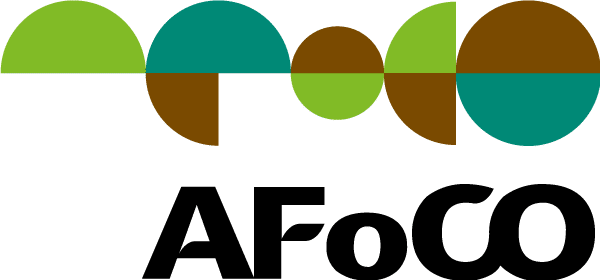West Nusa Tenggara, Indonesia, May 28-30, 2024 — The AFoCO Project, titled “Innovative Solutions for Climate Change and Biodiversity Landscape Strategy to Support SDGs in Indonesia (AFoCO/023/2021),” is in its final year of implementation. The project aims to map baseline biophysical and socio-economic conditions and evaluate the natural resource potential in three study sites at the beginning of the project. It will facilitate the development of long-term forest management plans for Forest Management Units* (FMUs or Kesatuan Pengelolaan Hutan (KPH)) in these areas. Additionally, 10-hectare demonstration plots will be developed at each site to enhance carbon stock in FMUs or designated Forest Areas with Specific Purposes (FASP/KHDTK). In order to track ongoing progress and ensure the achievement of targeted objectives, a Monitoring Team was established to conduct on-site visit of project sites and review the Project progress, focusing on the mangrove site in Sumbawa Regency, West Nusa Tenggara Province, Indonesia.
*A Forest Management Unit (FMU) is a legally established public service entity with defined forest boundaries and operational size, tasked with executing long-term and annual plans that balance economic, social, and ecological objectives for forest management under central, regional, and district authorities. While the national and subnational forest services provide the overarching administrative framework, the FMU is responsible for daily on-site forest management, ensuring the maintenance of forest functions and services and the implementation of sustainable forest management. (Forclime, 2012)
The project sites are part of the forest areas managed by Ampang Plampang FMU, one of the FMUs of Sumbawa Regency, West Nusa Tenggara Province. The forest area under the administration of Ampang Plampang FMU is about 73,184 ha and consists of dryland forests and mangrove forests. The mangrove forests are distributed along the coast and its area is around 1,100 ha. One of the major problems faced by the FMU in the management of their forest areas is forest encroachment. Most of the dryland forest areas were converted for dryland farming and mangrove forests were converted into fishponds.
PROJECT OVERVIEW
Innovative Solutions for Climate Change and Biodiversity Landscape Strategy to Support SDGs in Indonesia
Project Duration & Budget: July 2021 – December 2024 / US$ 800,000
Implementing Agency: Center for Standardization of Sustainable Forest Management Instruments / Pusat Standardisasi Instrumen Pengelolaan Hutan Berkelanjutan (PuSTARhut, under the Agency for Standardization of Environment and Forestry Instruments / Badan Standardisasi Instrumen Lingkungan Hidup dan Kehutanan (BSILHK))
Project Sites:
(1) West Nusa Tenggara Province – Mangrove ecosystem of Ampang Plampang FMU, Sumbawa Regency (15 ha demonstration plot, Permanent Sampling Plots (PSPs))
(2) South Sulawesi Province – Karst and lowland ecosystem of Bulusarang FMU, Maros Regency (15 ha demonstration plot, PSPs)
(3) Riau Province – Tropical peatland forest of Kepau Jaya Forest Area with Specific Purpose (FWSP), Kampar Regency (10 ha demonstration plot); Sampling plots in Minas Tahura FMU, Siak Regency (PSPs)
Demonstration plot for mangrove restoration silvofishery
The team visited the 10-hectare mangrove restoration and silvofishery demonstration plot in Sepayung Village, Sumbawa District, West Nusa Tenggara Province, Indonesia. Planted in 2022, the three mangrove species—Rhizophora mucronata, Rhizophora apiculata, and Bruguiera gymnorhiza—are thriving under the active management of the participating Nanga Gali Forest Farmers Group (FFG). These species show a survival rate of 95%, with plant heights ranging from 1 to 1.5 meters.
In some areas of the demonstration plot, the native mangrove species Avicennia alba has naturally regenerated, likely due to seeds dispersed by sea tides from nearby colonies. Since natural regeneration of this species had not previously been observed in the project area, its presence in the demonstration plot is a positive indicator of the project’s success in creating conditions conducive to the natural regeneration of existing mangrove species. This may also point to a new ecological succession developing within the demonstration plot. The team suggested enhancing management the plot to avoid competition with this pioneer species and ensure that the plot serves its intended restoration and carbon enhancement purposes, including supporting crab silvofishery.
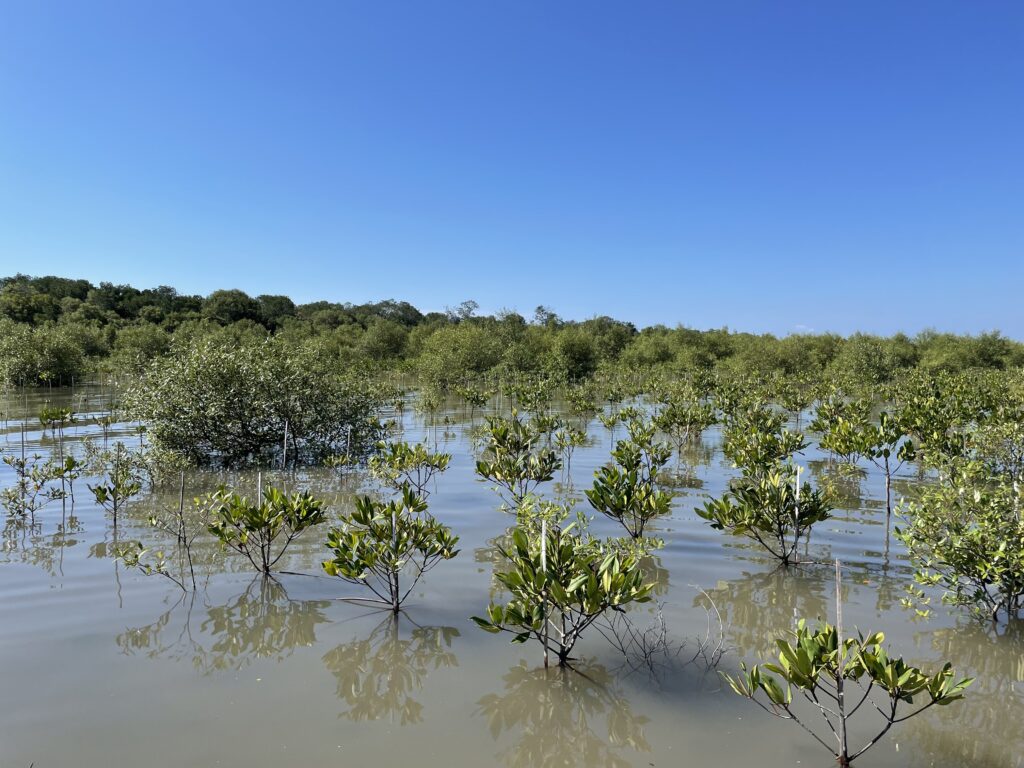
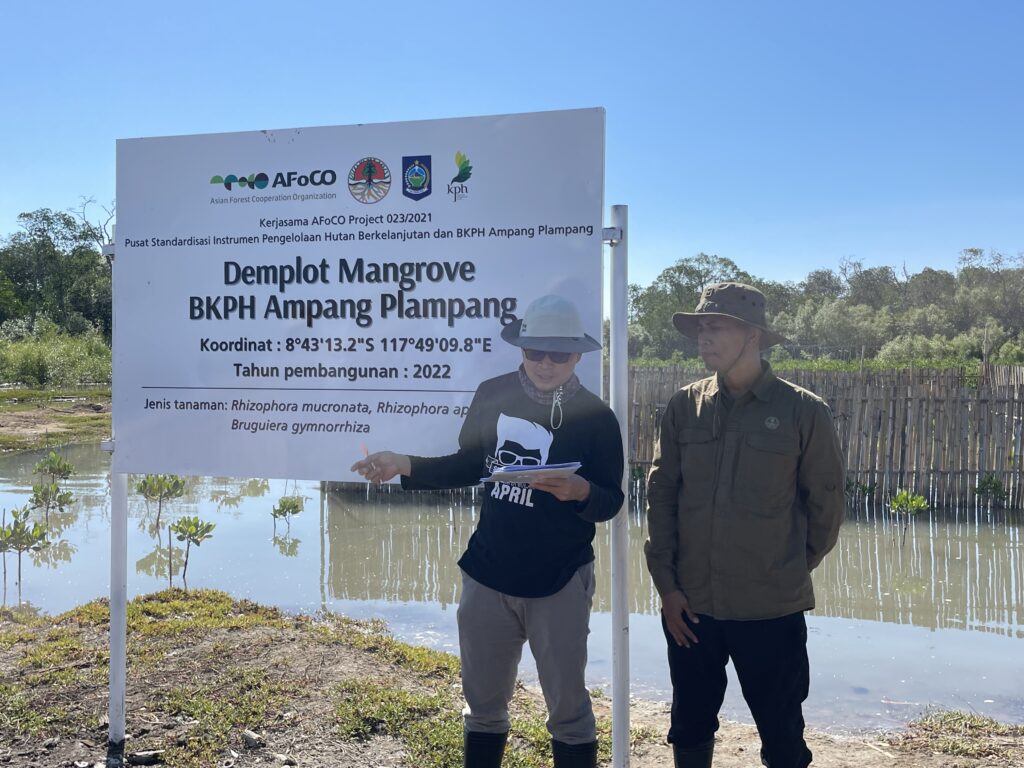

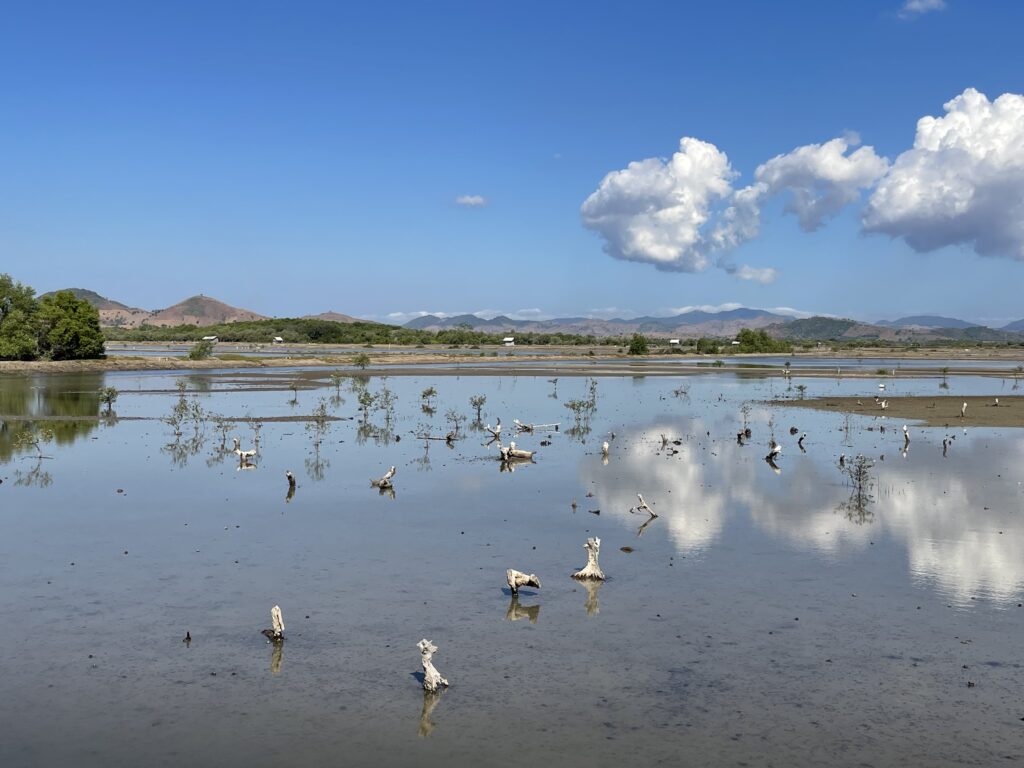
Silvofishery demonstration plot
In Teluk Santong Village, Sumbawa District, West Nusa Tenggara Province, Indonesia, a silvofishery demonstration plot has been established. This plot includes three cages for mud crab aquaculture within the existing mangrove forest. With active involvement from the Nanga Gali Forest Farmers Group (FFG) and the Ampang Plampang Forest Management Unit (FMU), the project aims to provide alternative livelihoods for the community while preserving the mangrove ecosystem.
The demonstration plot is a follow-up to technical training conducted by the Project at the end of 2023. Members of the participating FFG, equipped with this training, are confident in the successful implementation of the project and anticipate improvements in their livelihoods. The capacity-building efforts and skills enhancement are designed to help FFG members maintain the mangrove ecosystem, which provides habitat and food chain security for mud crabs. By thriving within the mangrove ecosystem, mud crabs can be harvested sustainably. However, additional training for FFG members on mud crab cultivation, post-harvest processing, and market analysis is necessary to fully support the local economy through this business.
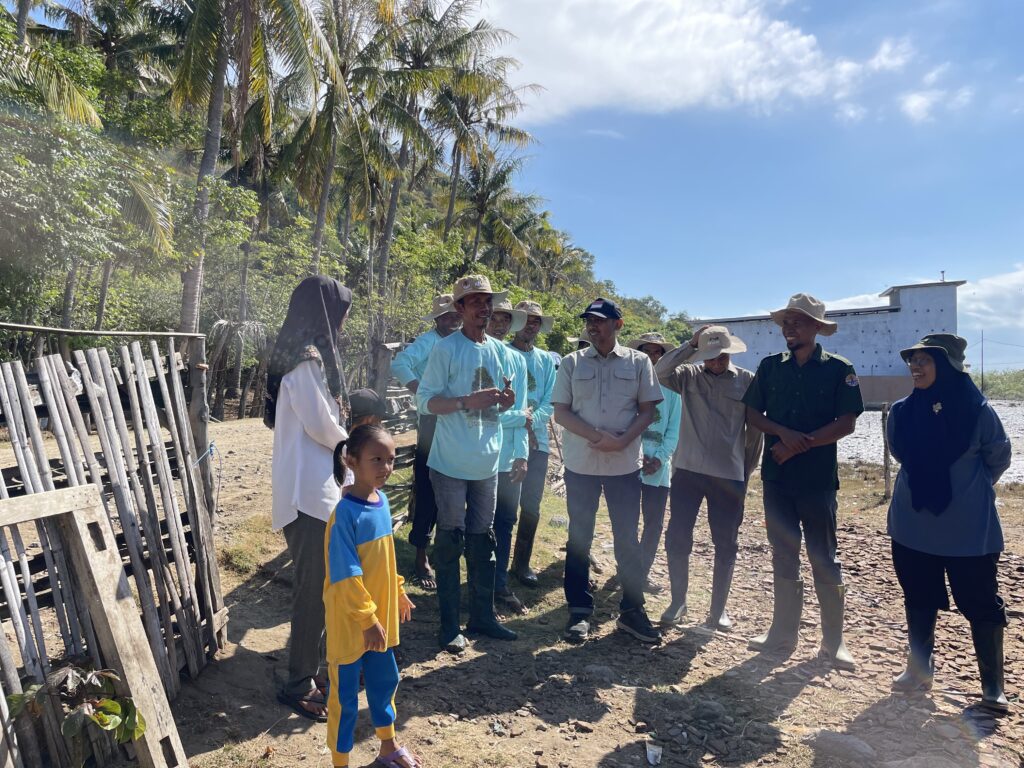
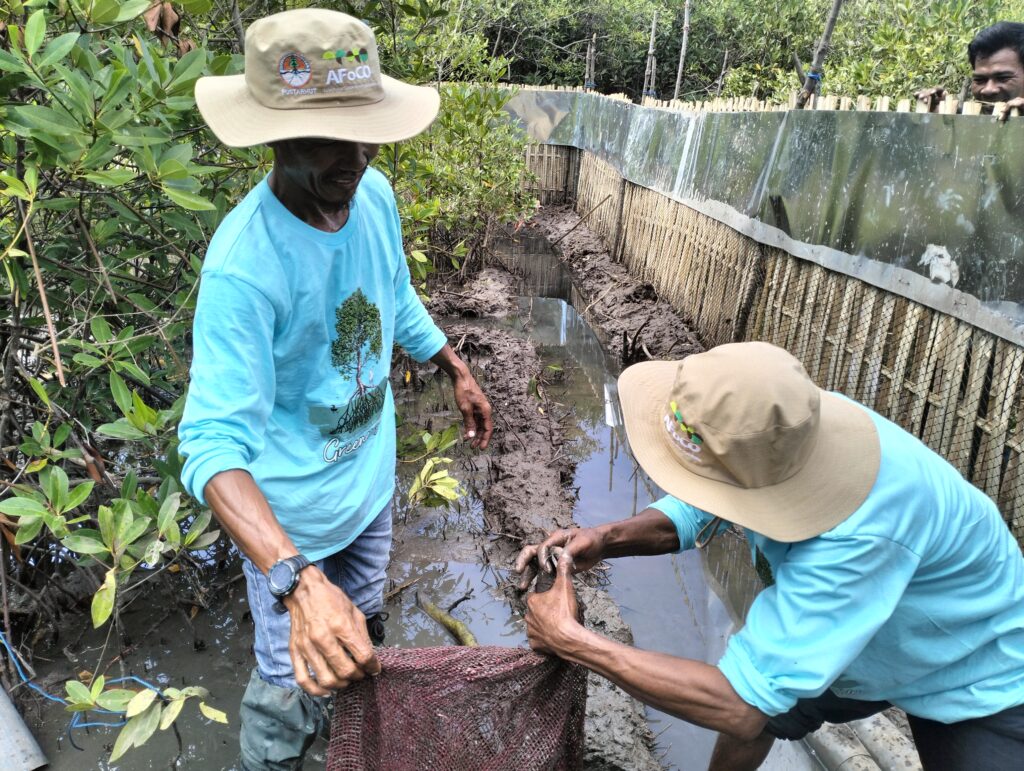
Dialogue with Forest Farmer Groups and other community stakeholders
A dialogue involving participating Forest Farmers Group (FFG) members, relevant stakeholders, local authorities, and the Monitoring Team highlighted strong appreciation for the project’s activities, including mangrove planting, mud crab cultivation, and capacity-building initiatives. These efforts have significantly improved the livelihoods of local communities and the environmental conditions of the region. Participants, especially local farmers, expressed a keen interest in scaling up successful project models such as mangrove planting, maintenance, mud crab cultivation, and capacity-building programs. They also proposed developing ecotourism to further enhance local livelihoods and the mangrove ecosystems in the Province.

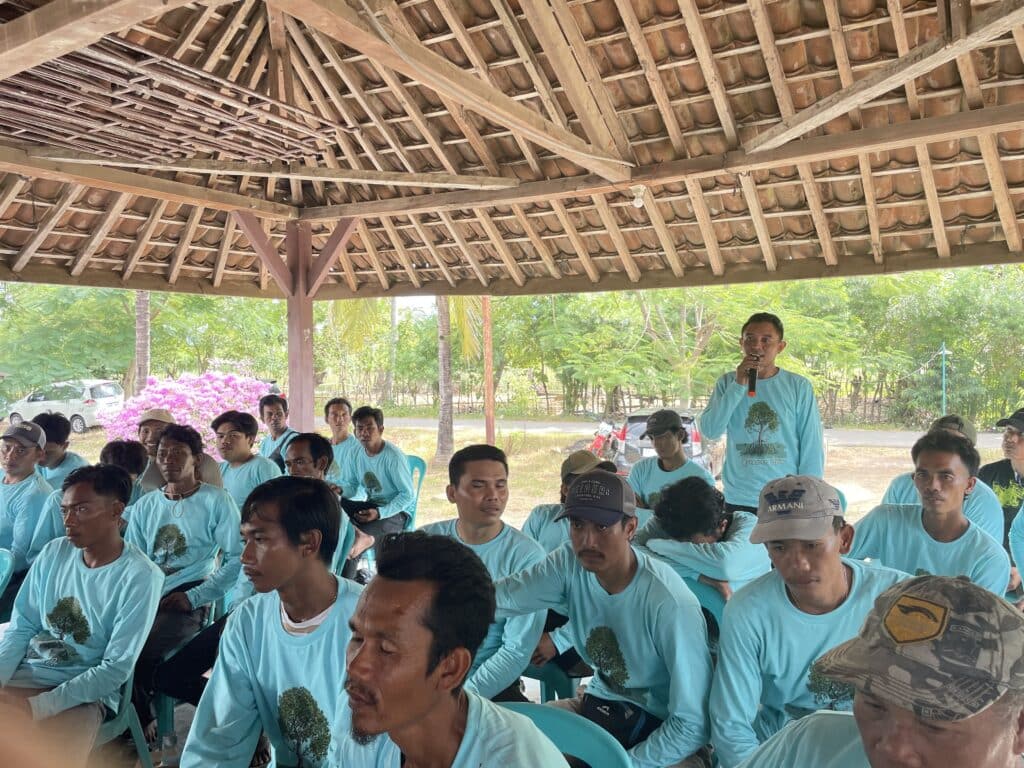
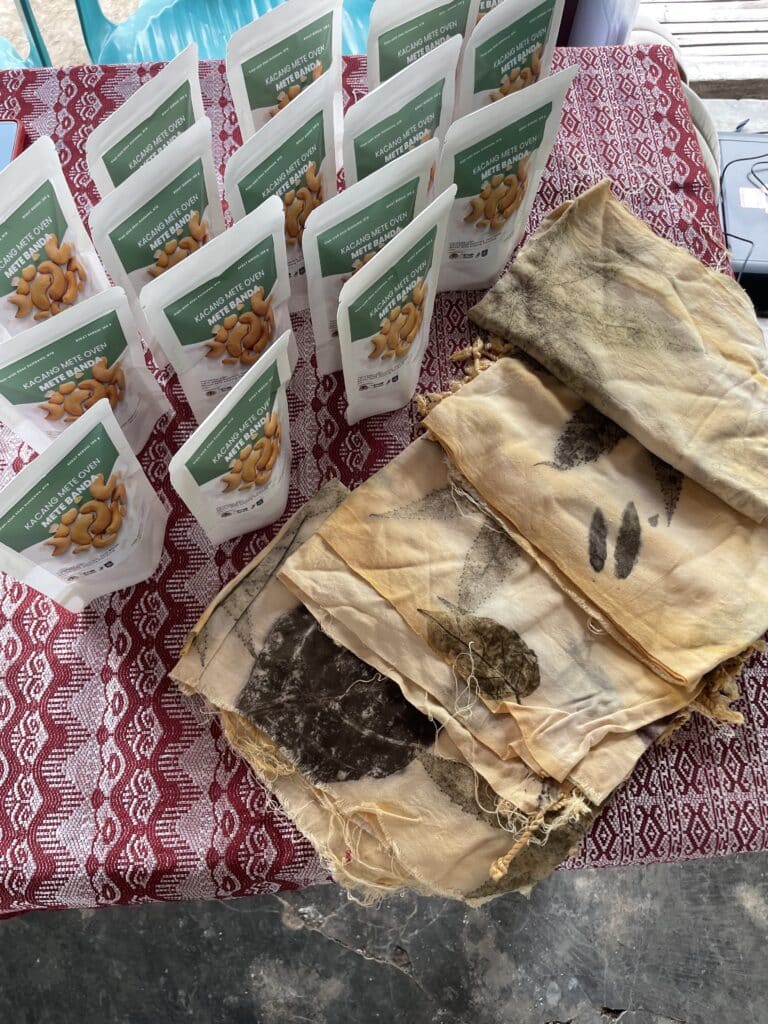

The way forward
In cooperation with Batu Lanteh FMU in Sumbawa Regency, the team surveyed and identified potential sites for additional mangrove restoration. These sites, located along the north coast of Sumbawa Island, west of the current project demonstration plots, are managed under the authority of Batu Lanteh FMU. Despite potential technical challenges posed by the area’s geographical position facing the sea and varying mud depths, this expansion aims to enhance the impact and sustainability of the existing AFoCO project by applying best practices with private sector financing. Representatives from three relevant local communities welcomed the plan, expressing strong willingness to participate in mangrove restoration and develop an eco-tourism program based on the mangrove forest. They emphasized their readiness to be technically involved, supported by their successful experience in a recent 25-hectare mangrove restoration project with local government backing.
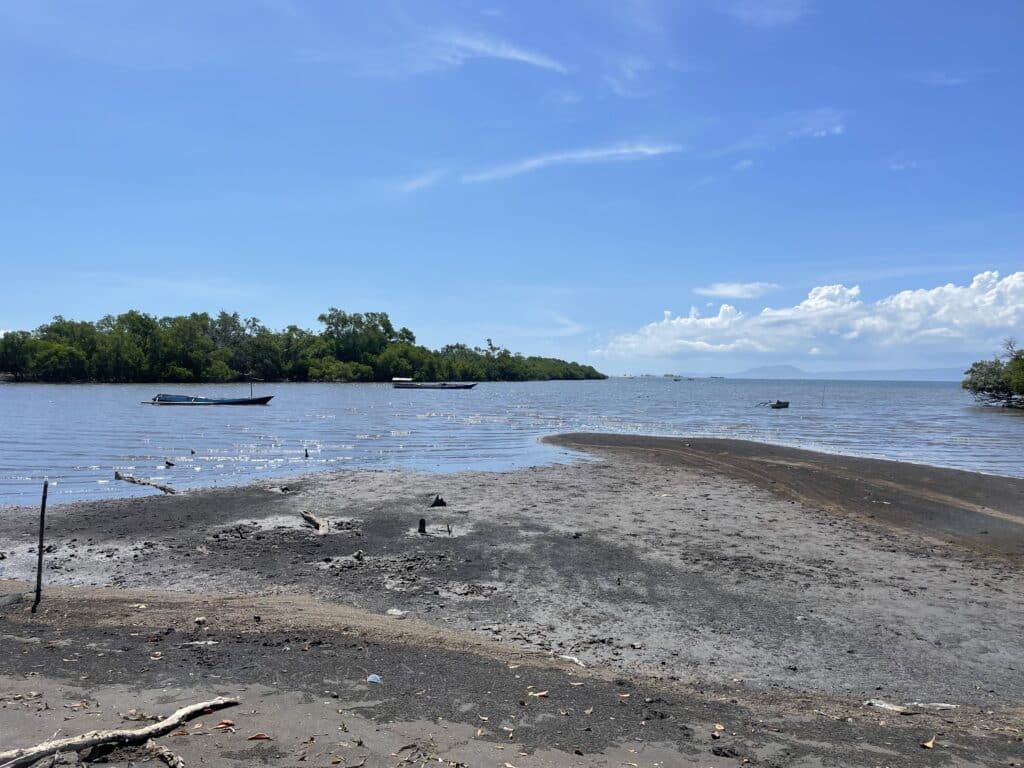
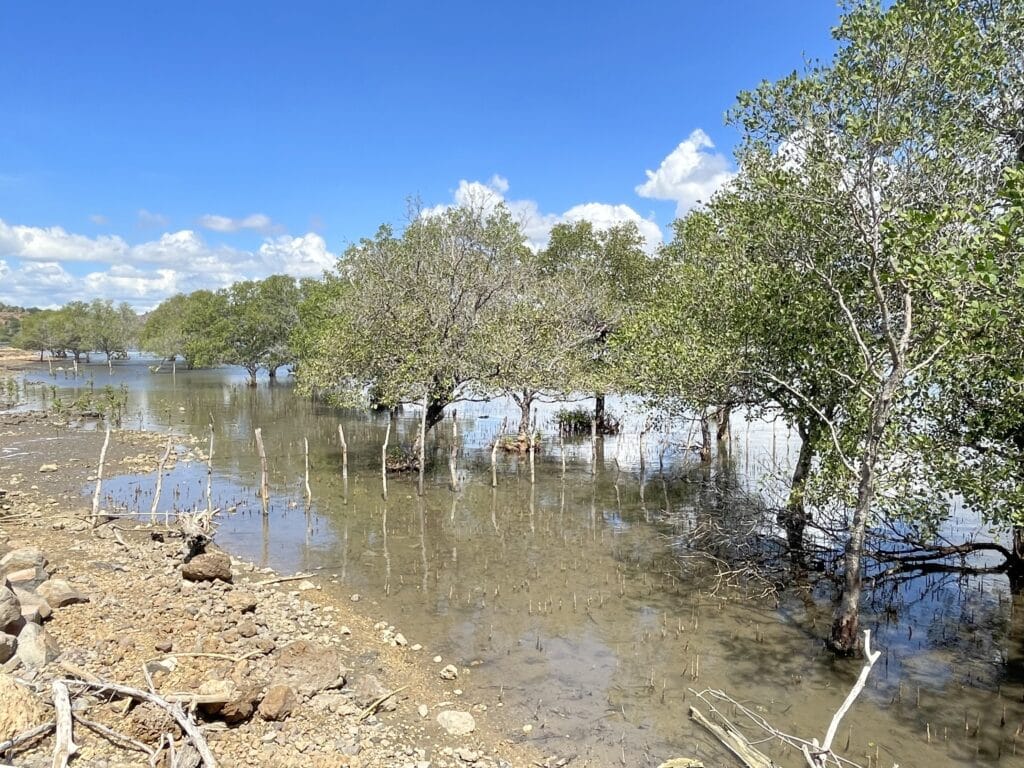
Contributed by Eko Sutrisno, 2024 Fellowship Official from Indonesia
Mr. Sustrisno is also a staff of the Office for Standard Implementation of Environment and Forestry Instruments, Kuok, Agency for Standardization of Environment and Forestry Instruments, Ministry of Environment and Forestry, Indonesia

